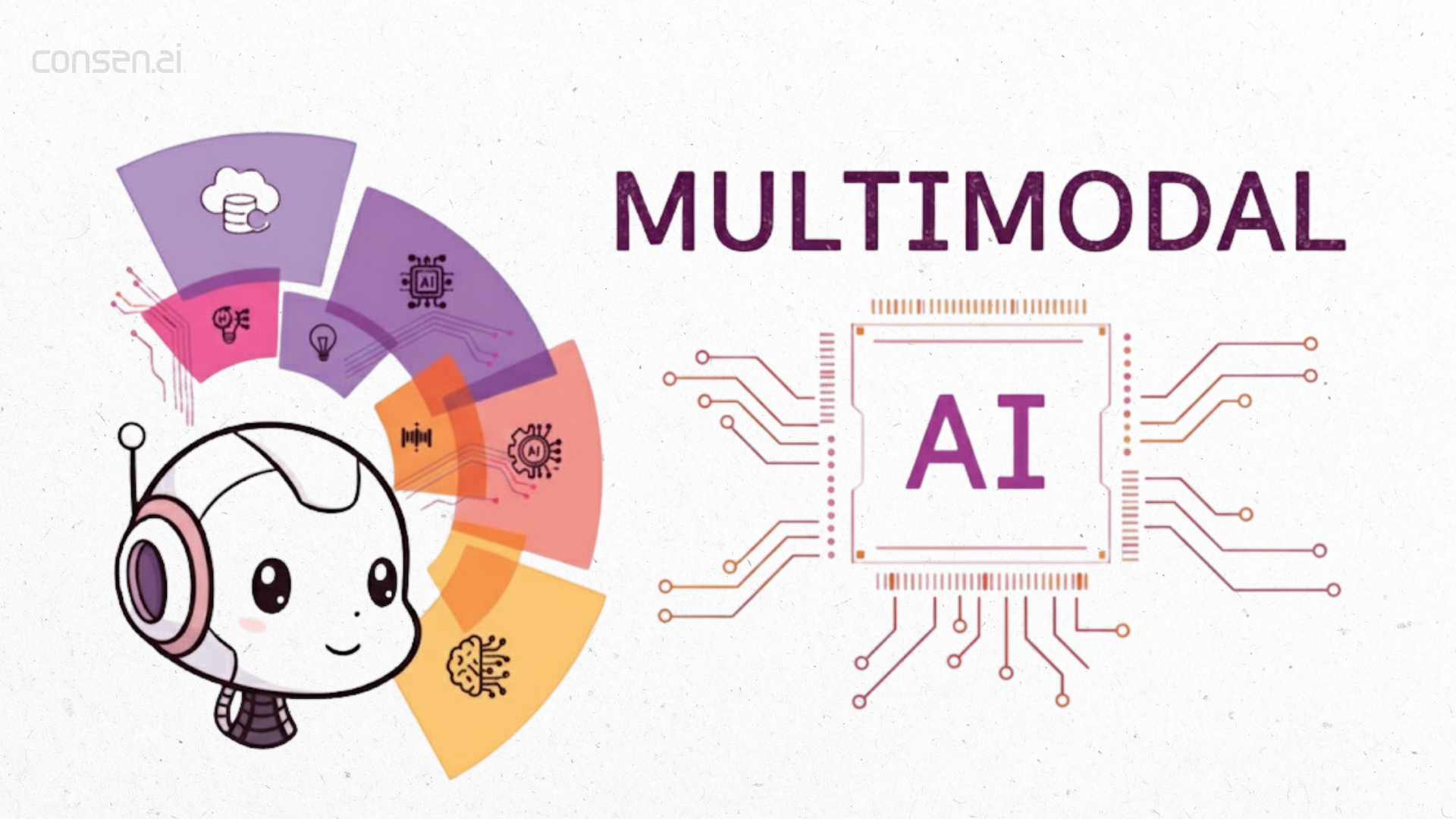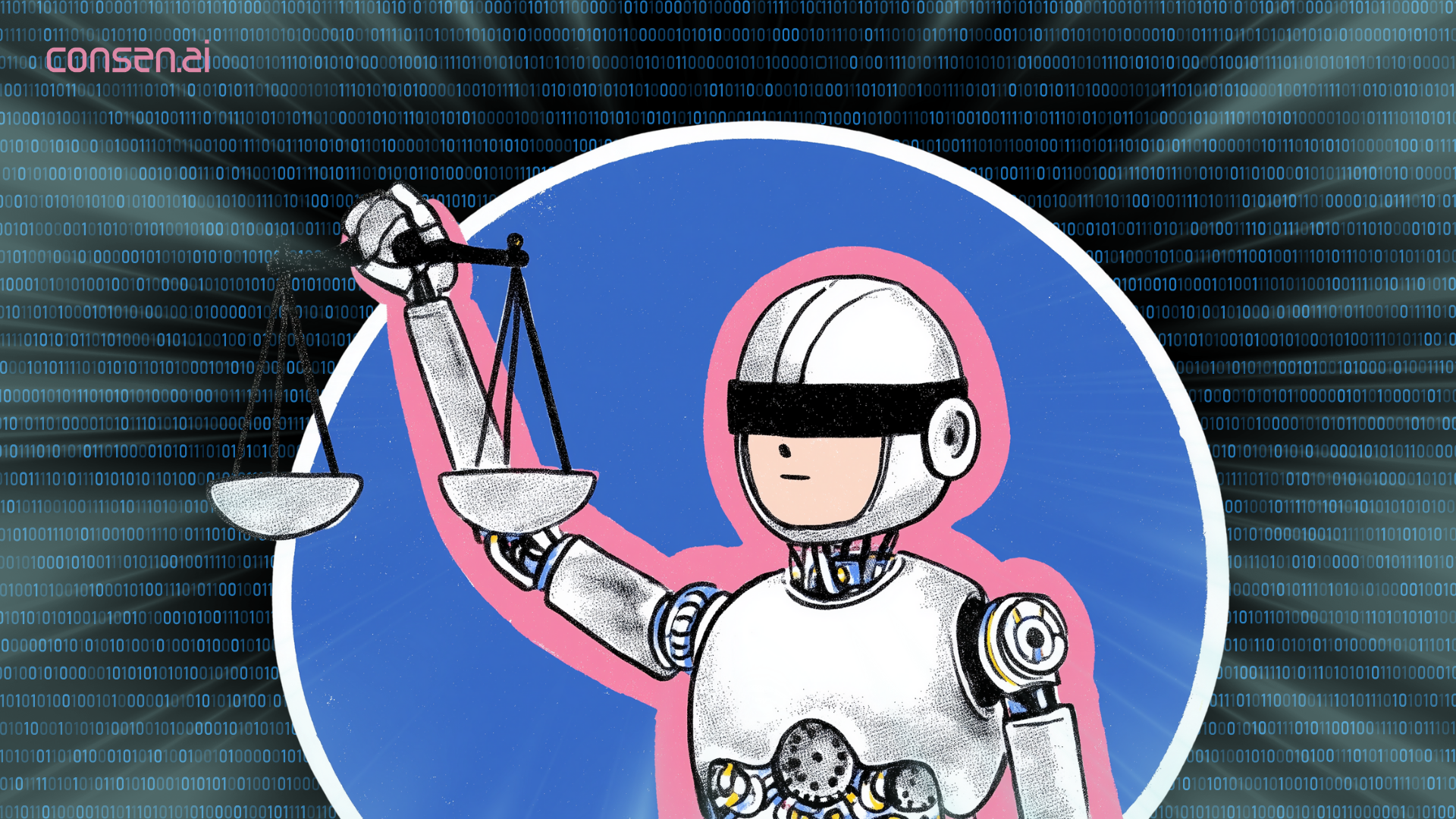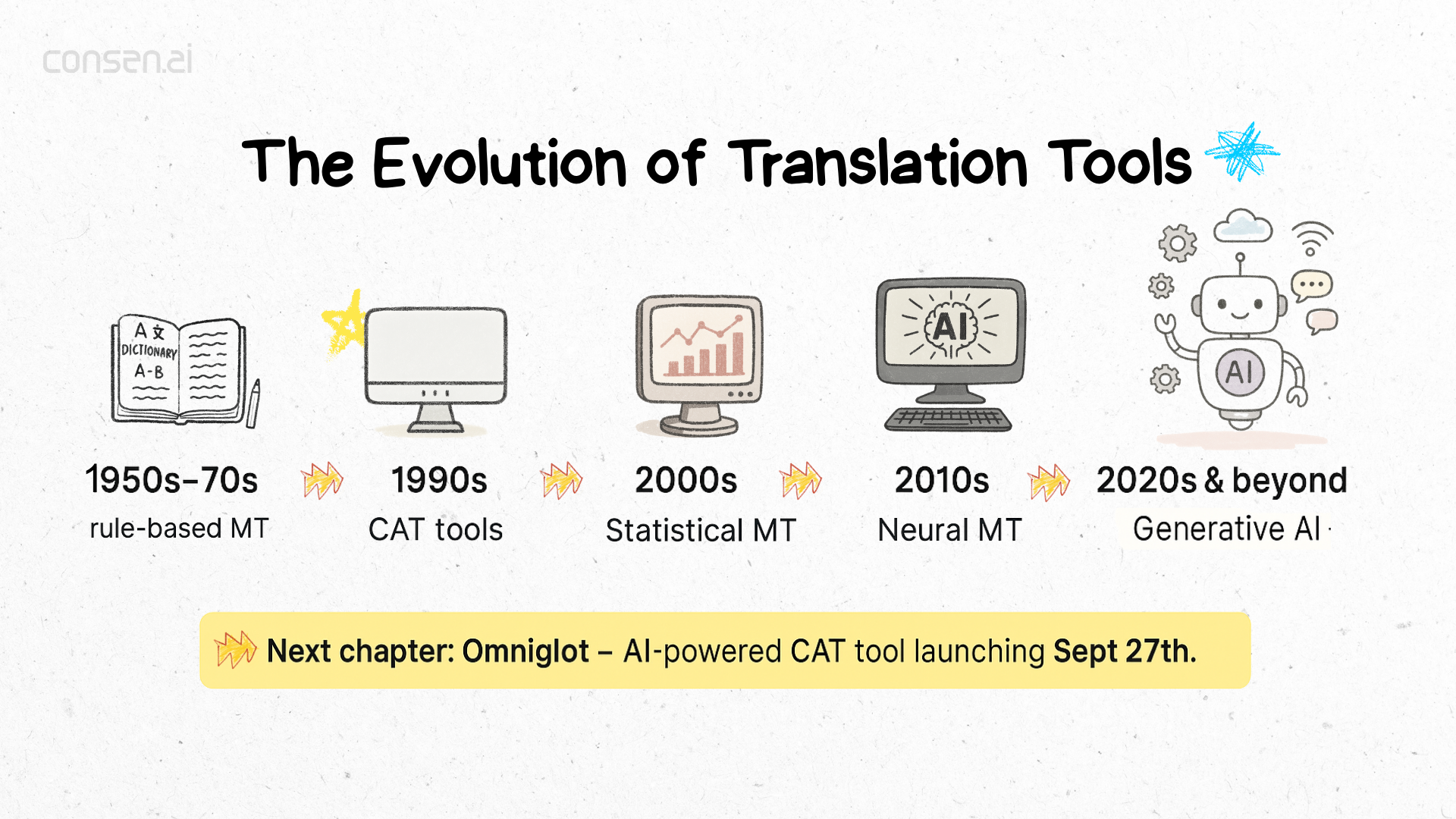Key Takeaways
- AI translation technology is remarkably advanced, yet it still grapples with limitations like understanding context and cultural nuances.
- Multimodal translation opens up new possibilities by integrating text, audio, and images, allowing for more comprehensive communication solutions.
- Innovations in AI, particularly in multimodal approaches, are actively addressing these translation challenges, making tools more adaptable to real-world scenarios.
- The future of translation technology holds the promise of seamless global communication, breaking down language barriers and enabling truly inclusive dialogue.
The Evolution of Translation Technology
Imagine a world where language barriers are a thing of the past. Thanks to rapid advancements in AI translation technology, we are inching closer to that reality every day. It's truly fascinating how machines have evolved from basic word-for-word translation tools to sophisticated systems that can handle complex linguistic tasks. Understanding these current capabilities is crucial for appreciating the potential future of language translation.
Today, AI translation tools like Google Translate and Microsoft Translator are leading the charge, offering real-time language conversion that can be a lifesaver in multilingual settings. Then there's DeepL, renowned for its context-aware translations, giving a glimpse into the future of language technology. These tools have set a high baseline for what we can expect from AI in terms of accuracy and speed.
However, it's not all perfect. As we delve deeper into this blog post, we'll explore some of the lingering challenges, like understanding context and cultural nuances, that AI still struggles with. But don't worry, we'll also look into innovative solutions like multimodal translation that hold the promise of overcoming these hurdles. By the end, you'll have a clearer picture of where we're heading in the realm of translation technology.
Where We Stand: The Current State of AI Translation
Have you ever marveled at how quickly we can now translate languages with just a few clicks? It's like having a universal translator from a sci-fi movie in our pockets! Today, AI translation technologies are more advanced than ever, with giants like Google, Microsoft, and DeepL leading the charge. These platforms have transformed how we overcome language barriers, making communication across cultures easier and more accessible.
The strength of these technologies lies in their speed and accuracy when handling straightforward text. Imagine trying to communicate with someone in a different language just a decade ago—it could be cumbersome and slow. Now, thanks to advancements in neural networks and machine learning, translations are not only faster but also more precise. Omniglot, for instance, can handle over 100 languages, providing near-instant translations.
But it's not just about translating words. Microsoft Translator offers features like real-time translation in video conferencing, which can be a game-changer for international business meetings. DeepL, on the other hand, is known for its nuanced translations, often capturing the subtle meanings in text better than its competitors.
These technologies have set a solid baseline for what's possible with AI translation today. However, as we'll explore in the next section, there are still significant challenges that need to be addressed, particularly when it comes to understanding context and cultural nuances.
Facing Challenges: The Limitations of AI Translation
AI translation technologies have made significant progress, but they still have their quirks. One of the main challenges is context understanding. AI often translates phrases literally, missing the nuances that human translators grasp. For example, translating jokes or puns with AI can lead to punchlines that lose their meaning or become nonsensical.
Another area where AI struggles is with idiomatic expressions. Idioms are rooted in cultural contexts, and their meanings can't be understood by translating individual words. For example, "kick the bucket" has a completely different meaning from its literal translation, which AI often fails to capture.
Cultural nuances also present a significant challenge. Language reflects cultural identity, and translations need to convey these subtleties. AI can produce grammatically correct translations, but it often misses the cultural resonance required for effective communication.
These limitations aren't just theoretical—they have real-world consequences. Businesses using AI translation for international communication risk misinterpretations that could harm negotiations and relationships. Improving AI translation is essential not just for better technology, but for building trust and reliability in real-world applications.
The good news is that these challenges are driving innovation. Researchers are continually working on improving AI's ability to understand context and cultural sensitivity. With these advancements, AI translation could become a more accurate and reliable tool for global communication.
Expanding Horizons: The Role of Multimodal Translation
Imagine a world where language barriers are a thing of the past. That's the promise of multimodal translation, a technology that combines text, audio, and visual inputs to create a rich tapestry of understanding. Unlike traditional methods that rely solely on text, multimodal translation taps into multiple sources of information, enhancing the accuracy and depth of translations.
Take real-time video conferencing as an example. In a global meeting, participants might speak in different languages, share slides, and use gestures to communicate. A multimodal translation system doesn't just translate the spoken word; it also considers the accompanying visuals and context, providing a more nuanced understanding of the messages being exchanged. This approach can potentially overcome many of the limitations of current AI translation systems, particularly in grasping idiomatic expressions and cultural nuances.
The real question is, how effectively can multimodal approaches address the current limitations of AI translation? By integrating diverse data sources, these systems can potentially refine translations to be more contextually aware. As researchers continue to push the boundaries of what's possible, the future of translation looks not just promising but transformative.
Innovations in Action: AI and Multimodal Translation
The world of translation is undergoing a fascinating transformation. We're not just talking about translating words from one language to another, but about understanding the essence of what’s being communicated. This is where multimodal translation steps in, offering a fresh approach by integrating text, audio, and images into the mix.
Facebook’s AI research is at the forefront, using vast datasets and neural networks to not only translate but also interpret context and nuances. In video conferences, AI translates speech while factoring in tone, gestures, and cultural expressions, making translations more accurate and empathetic.
These real-world applications show how AI is breaking down language barriers, offering a future where communication gaps are bridged and people are brought closer together.
Looking Ahead: The Future of Translation Technology
Imagine a world where language barriers are a thing of the past, and communication flows freely across languages. This is becoming a reality with advancements in AI and multimodal translation. AI is now integrating text, audio, video, and even facial expressions for contextually accurate translations. Picture a video call with real-time subtitles that capture not just words, but tone and intent.
These advancements could lead to a surge in global collaboration and understanding. Businesses can operate more smoothly across borders, educators can reach students worldwide, and cultures can share their stories more authentically.
As we stand on the brink of this new era, it's important to consider the potential and prepare for the changes these technologies will bring. For a deeper dive into how AI is already transforming the translation landscape, check out our piece on the history of translation tools. It's a fascinating look at how far we've come and where we're headed next.
Thank you for reading!


